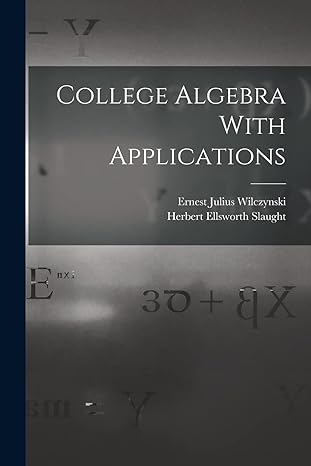A researcher wanted to study the effect of a newly developed gasoline additive {Additive X) on automobile mileage [miles per gallon, MPG]. To gather Information, a random sample of cars has been selected. For each car, the MPG was measured both when gasoline with Additive X is used and when gasoline without Additive X la used. The order of the two treatments {with Additive X versus without Additive X] was randomized and care was taken so that there was no carry over effect between the two MPG measurements. The 95% condence interval for the mean mileage Improvement' pd for the population of all such cars was found to be 11 MPG. 4 MPG}. The 99% condence interval for the mean mileage lmprovement' pd for the population of all such cars was found to be 10.5 MPG, 4.5 MPG]. * Improvement is defined as the difference in MPG for cars uelng gasoline with Additive X lees gasoline without Additive X. 1. Decide if the provided statement is appropriate or not appropriate. 2. If appropriate, explain why this is a correct statement. If not appropriate, provide a correct statement Statement 1: We estimate the population mean improvement in mileage (gasoline with Additive X less without Additive X) to be 2.5 MPG with a 99% margin of error of 2 MPG.1. Decide if the provided statement is appropriate or not appropriate. 2. If appropriate, explain why this is a correct statement. If not appropriate, provide a correct statement. Statement 2: If we repeated this sampling procedure 300 times and for each repetition we computed the corresponding 99% confidence interval, we would expect 297 of the resulting intervals would each contain the corresponding sample mean difference in automobile mileage (gasoline with Additive X less without Additive X).A competitor's fuel additive had an established average Improvement In mileage of 0.75 MFG. The researcher used the study results to test the following theories: Ha: pa = 0.?5 MPG warms Ha: pd s 0.75 MFG where the parameter pd represents the mean mileage Improvement (with Additive 3: less without Additive X] for the population of all such cars. According to her calculations, the oonespodlng p-value for this test ls 0.025. The researcher has cracked her calculations multiple times and believes that her p-val ue is correct. Use the two condence intervals to explain to the researcher why the p-val ue of 0.028 is a reasonable p-value for this test. We were told the results are based on a random sample of cars. State the remaining assumption (in context) needed to perform the confidence intervals and the hypothesis test











